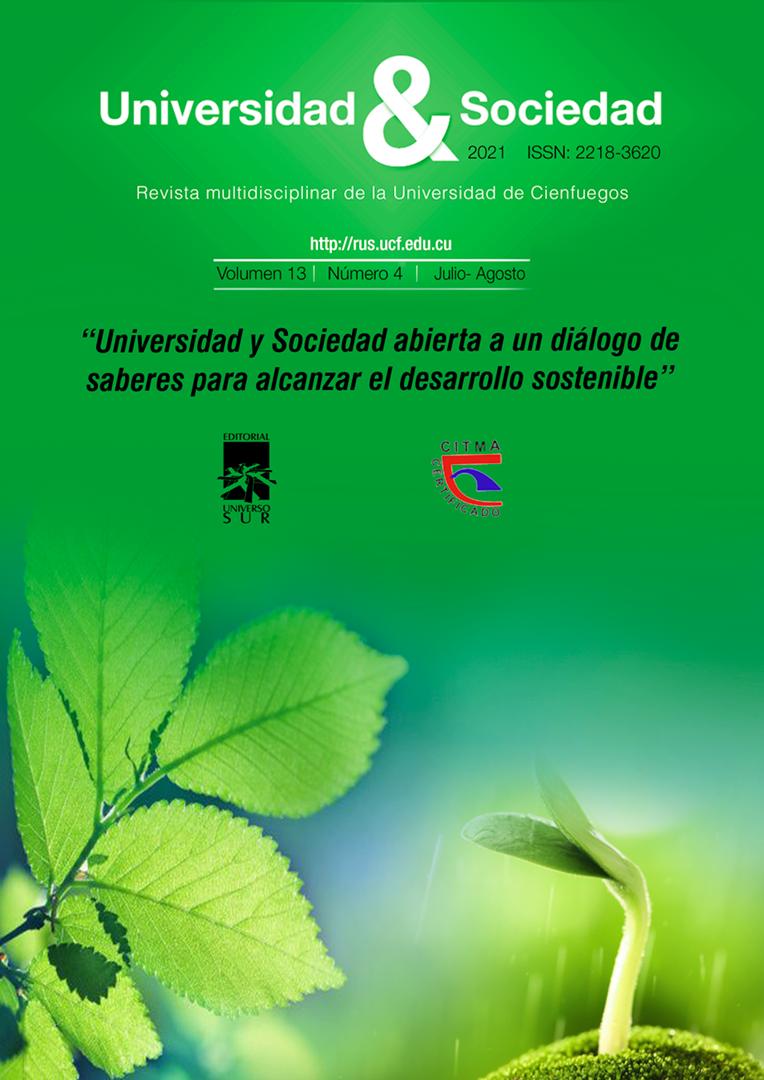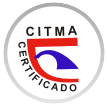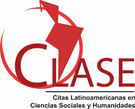Estimulación motriz en niños con discapacidad intelectual
Resumen
La atención a niños con Necesidades Educativas Especiales (NEE) reclama la atención particular de todos los profesionales en el ámbito educativo en función de una educación integral y multidisciplinaria. En este sentido, la educación y desarrollo de la motricidad juega un papel fundamental. Para los niños con discapacidad intelectual resulta de vital importancia. El presente estudio de caso, en un niño de 3 años, devela cuánto se puede hacer para que desde la actividad física se cumpla con el propósito de hacerlos sentir útiles e independientes. Se proponen un total de 7 actividades, de ellas 3 dirigidas a la motricidad fina y 4 a la motricidad gruesa con el objetivo del desarrollo de la motricidad en este niño con discapacidad intelectual. Su carácter flexible y lúdico permiten que el niño se sienta motivado por la realización de las actividades. La propuesta de actividades motrices que logran en el niño un salto cualitativo en cuanto a la evaluación de los logros motrices según su edad, así como la realización de actividades de la vida diaria, está fundamentada a partir de la utilización de métodos como la entrevista, la observación y la revisión de documentos que registran dichos eventos.
Palabras clave:
Estimulación, motricidad, discapacidad intelectual.
ABSTRACT
The attention to children with Special Educational Needs (SEN) demands the particular attention of all professionals in the educational field based on a comprehensive and multidisciplinary education. In this sense, the education and development of motor skills plays a fundamental role. For children with intellectual disabilities it is of vital importance. The present case study, in a 3-year-old child, reveals how much can be done so that physical activity fulfills the purpose of making them feel useful and independent. A total of 7 activities are proposed, including 3 aimed at fine motor skills and 4 aimed at gross motor skills with the aim of motor development in this child with intellectual disabilities. Its flexible and playful nature allow the child to feel motivated by carrying out the activities. The proposal of motor activities that achieve a qualitive leap in the child in terms of the evaluation of motor achievements according to their age, as well as the performance of activities of daily living, is based on the use of methods such as the interview, observing and reviewing documents that record such events.Keywords:
Stimulation, motor skills, intellectual disabilitiesDescargas
Publicado
Cómo citar
Número
Sección
Licencia
La editorial "Universo Sur", de la Universidad de Cienfuegos, publica el contenido de la Revista "Universidad y Sociedad" bajo una Licencia Creative Commons Atribución-NoComercial-SinDerivar 4.0 Internacional.
© Podrá reproducirse, de forma parcial o total, el contenido de esta publicación, siempre que se haga de forma literal y se mencione la fuente.










